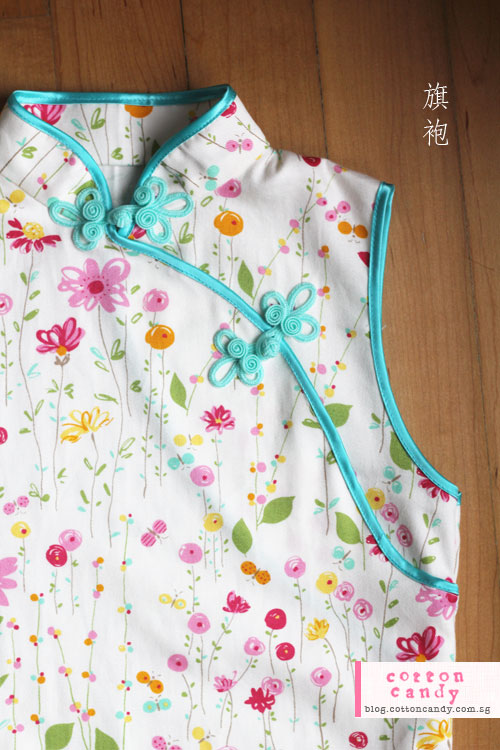A Guide to Sewing Your Own Traditional Chinese Dress Pattern
Sewing your own traditional Chinese dress can be a rewarding and enriching experience, allowing you to delve into the rich cultural heritage of China while expressing your creativity. Traditional Chinese Dresses, such as the Qipao or Cheongsam, are not only elegant but also versatile, suitable for various occasions from casual gatherings to formal events. This guide will take you through the process of creating your own dress pattern, from selecting the fabric to assembling the final piece.

Understanding the Traditional Chinese Dress
The traditional Chinese dress, with its distinctive high collar, slits on the sides, and fitted silhouette, has a long history and rich cultural significance. It has evolved over time, reflecting the changing aesthetics and social norms of Chinese society. Understanding the history and cultural context of the dress will provide you with a deeper appreciation for the art of sewing it.

Selecting the Right Fabric
Choosing the appropriate fabric is crucial for the success of your project. Traditional Chinese dress patterns are often sewn with silk, which drapes beautifully and is comfortable to wear. However, you can also use other fabrics such as cotton, linen, or even synthetic materials, depending on the look and feel you desire.

Drafting the Pattern
Drafting the pattern is the first step in creating your dress. You can either modify an existing pattern or create one from scratch using your measurements. Pay attention to the details such as the collar, sleeves, and the length of the dress, as these elements contribute to the overall style and fit of the dress.

Cutting and Sewing the Dress
Once you have your pattern ready, the next step is to cut the fabric according to the pattern pieces. Take your time to ensure accuracy, as this will affect the final fit of the dress. Sewing the dress requires patience and precision, especially when working with delicate fabrics like silk. Use a sewing machine for faster and more consistent stitching, but be prepared to hand-sew certain parts for a more tailored finish.

Finishing Touches
Adding the finishing touches to your traditional Chinese dress can elevate its overall appearance. Consider adding embellishments such as embroidery, beading, or lace to enhance the dress’s beauty. Additionally, ensure that all seams are properly finished and that the dress is well-pressed to achieve a polished look.
Conclusion
Sewing your own traditional Chinese dress is a journey that combines craftsmanship with cultural appreciation. By following this guide, you can create a unique and beautiful garment that not only reflects your personal style but also pays homage to a rich cultural tradition.






